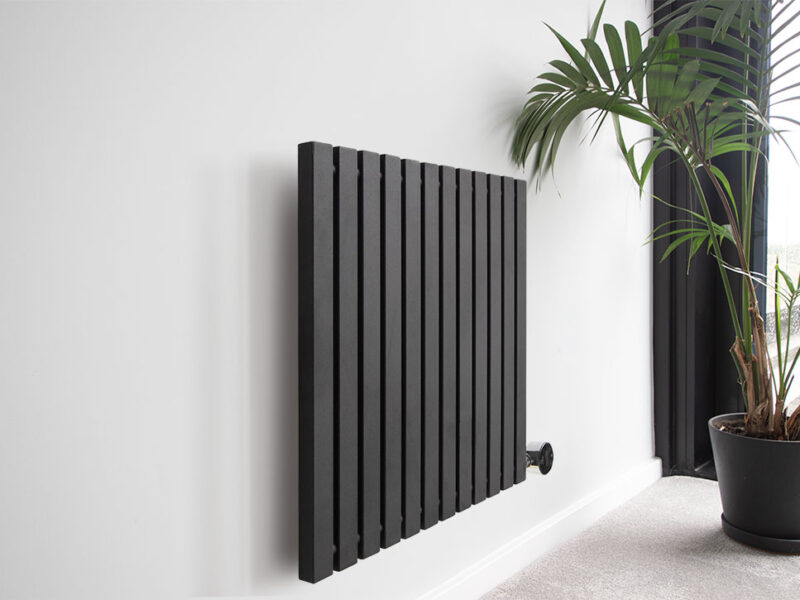There are so many things that we homeowners must keep in mind when talking about our home’s plumbing system. First of all, understanding what plumbing really is is the very first step toward effective plumbing maintenance. We homeowners must not forget that plumbing has always been an inevitable part of homeownership. Thus, if it is our desire to keep our home in tiptoe shape, then we need to be aware of all important things related to the household and that includes plumbing.
Why Plumbing Know-How is Necessary
According to Plumbing Dudes (2021), one of the most crucial responsibilities of a homeowner is to always keep the plumbing at home in check. Yet, many homeowners often overlook this essential task.
We have to bear in mind that every now and then any household or building will encounter plumbing issues or fixture malfunctions. The most common ones are leaks and clogs, which can happen if we lose sight of the dos and don’ts of plumbing. Whether the problem is a minor or a serious one, a homeowner needs to be aware of what has to be done and take action right away. Otherwise, those little leaks or minor backups will sooner or later turn into a major disaster, causing irreparable damage to your property. Sometimes, we homeowners neglect certain situations regarding our plumbing system because we have no idea what we are dealing with in the first place.
We must not take plumbing for granted. Although we can always call a plumbing expert for help, let us make it a habit to learn more about plumbing so we can ensure that our daily activities and routine at home remain smooth-sailing.
Things What Homeowners Must Know About Plumbing
There are so many interesting facts about plumbing that every homeowner must be aware of. However, the most important things that we should keep in mind are those that would truly help us protect the good condition of our home and save everyone in the household from the hassle and stress caused by plumbing mishaps. Here are facts we must know about plumbing:
1. A leaky faucet, no matter how trivial it seems, can cost you big time in terms of water wastage.
Not many people will take the time to calculate how much water is wasted when we don’t pay much attention to minor issues like a leaky faucet. By applying simple math, Connolly (2018) claimed that as much as 3,000 gallons of water are wasted every year due to a leaky faucet that drips water once per second. That’s about over 200 gallons of water a month which is more or less 8 gallons a day. Thus, we should fix small leaks immediately before they affect other fixtures at home and lessen unnecessary increases in our water bills.
2. Using a low-flush toilet translates to water conservation and saving expenses for water bills. (Consider installing a dual-flush toilet, too.)
The plumbing industry has continually evolved over the years and more water-saving plumbing technologies have been introduced to the market to make people’s lives easier and more convenient than ever before. Among these cost-effective innovations are the low-flush toilets. According to Plumbing Dynamics, a low-flush toilet helps people save up to 18,000 gallons of water per year. If you install this fixture at home, imagine how much difference it will make as far as your water bill is concerned.
Another water-saving technology that is now taking the market by storm is the so-called dual-flush toilet. WQP Mag promotes dual-flush technology as the most efficient solution to easing water expenses and conserving water. Every homeowner must know that about a hundred million toilets in the US consume as much as 7 gallons of water in every flush. In fact, the National Energy Policy Act only legalizes a maximum of 1.6 gallons per flush. With a dual flush toilet, you can save approximately 67 percent on your water bills.
3. A plunger for the sink or drain is not similar to a plunger for the toilet.
It’s Interesting, or even funny, to think about it but not all homeowners are aware of the difference. Plungers actually differ in terms of types and usage. A toilet plunger, which is obviously for unclogging toilets, is not the same as a sink plunger, which is to be used for unclogging drains/sinks. In terms of appearance, a sunk plunger is plain flat–like the ones we commonly see–while a toilet plunger is narrow at the base part so that it can fit into the toilet.
4. You are wasting extra 9,000 gallons of water each time you run the faucet while waiting for the water to turn hot.
Depending on the distance, length, and size of our pipes, and the flow rate of our water, as well as other factors affecting the delay in hot water, it will take several minutes or even longer for the water to warm up. While waiting (for like forever) for the water heater to work its magic, we run our faucet and wastewater in the process. Plumbing Dynamics said that in our attempt to heat that excess 9,000 gallons of water, we are also throwing money down the drain. To be specific, it is like throwing away 15 percent of our annual heating expenses.
5. Insulating your pipes helps warm up your water faster.
In relation to number 4, we homeowners need to give our pipes proper insulation. It not only prevents them from being frozen but also reduces the time we spend waiting for hot water to come out of our shower or faucet. What does pipe insulation have to do with the water heating system? According to Oliver Heating & Cooling, heat is retained or trapped in the pipes if pipes are properly insulated; thus, the water that travels from the water heater to the faucets will not lose heat along the way. So, your water will warm up faster and you can lessen the amount of water you waste while waiting for the water to heat.
6. The ideal heat for the water you use for bathing should be no more than 125 degrees Fahrenheit.
If you don’t want to get scalded while taking a bath, Plumbing Dynamics suggests setting the temperature of your water heater to 125 degrees F and below only. Beyond that will be very risky as it only takes seconds to burn your skin at a temperature of 140 degrees F.
7. Thirty-eight percent (38%) of an average American household’s water supply is used for flushing the toilet.
This is why we have to consider installing water-saving fixtures like low-flush toilets or dual-flush toilets so we can at least diminish the costs of water consumption at home.
8. “Flushable” wipes are not flushable at all so don’t flush them.
One way to take good care of our plumbing system is to avoid flushing things such as baby wipes, toilet paper, plastic wrappers, food wastes, and other nasty debris down the toilet. Toilets should not be used or treated like trash cans. Ease Plumbing recommends homeowners never trust labels that say “flushable” and as much as possible, to flush only the essentials.
9. Vinegar and baking soda mixture are way safer and better than commercial drain cleaners.
Most homeowners would usually resort to drain cleaners each time they have clogged drains. Of course, drain cleaners are readily available in local stores and are easy to apply. However, we have to remember that drain cleaner contains harsh chemicals that can cause more damage than good to our pipes. A better and safer DIY alternative is mixing vinegar and baking soda. Pouring together half a cup of vinegar and half a cup of baking soda will create a bubbling effect that effectively works magic in terms of removing that debris or backups obstructing your drains.
10. Knowing the location of your main shut-off valve is a must!
Take it or leave it, still, a lot of homeowners do not actually know where to find their home’s main water valve. This should not be the case. Our main water valve, being the home’s main source of water, comes in handy in case of plumbing emergencies such as burst pipes or a major leak. It is the main thing we need to shut off in order to prevent bigger damage and lessen the impact of the problem.
Save Your Plumbing by Knowing and Applying What You Know
As homeowners, it is our responsibility to know things relevant to our plumbing system. Sometimes, we end up detecting a plumbing problem when it is already too late and the damage has already gone too far. Sad to admit, many of us still lack awareness about how the plumbing system works and so we suffer and bear the consequences in the end. This is where the importance and power of knowledge come in. By knowing those facts mentioned above, we are given the idea of how we can apply what we know to properly maintain our plumbing and avoid unnecessary burdens.



